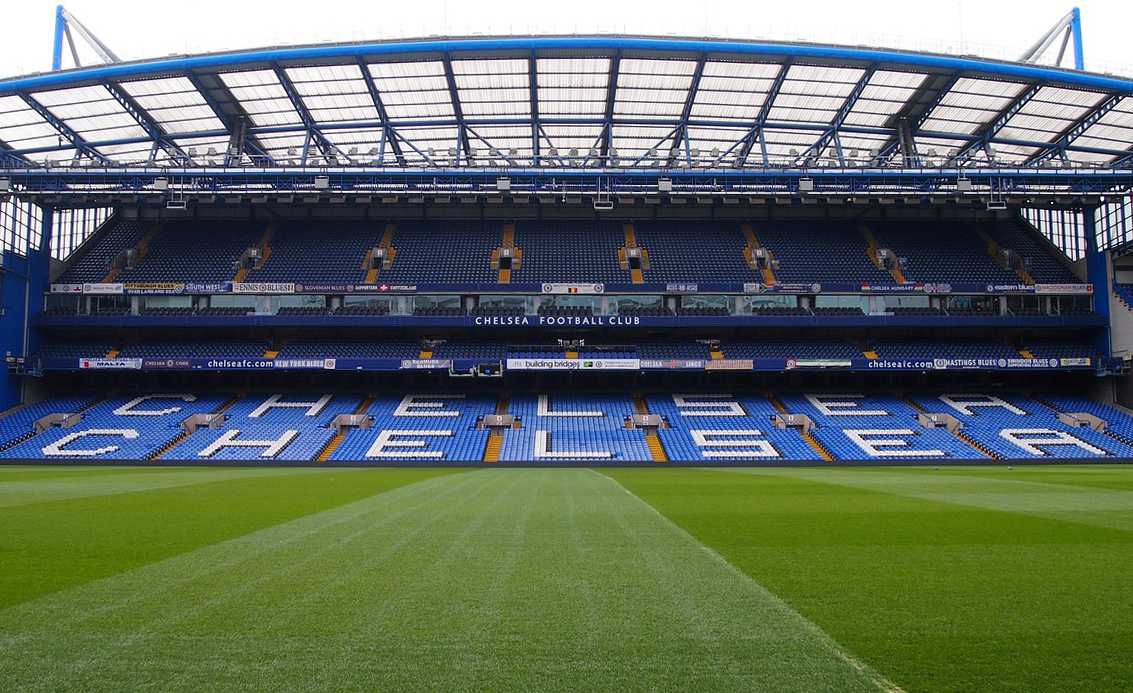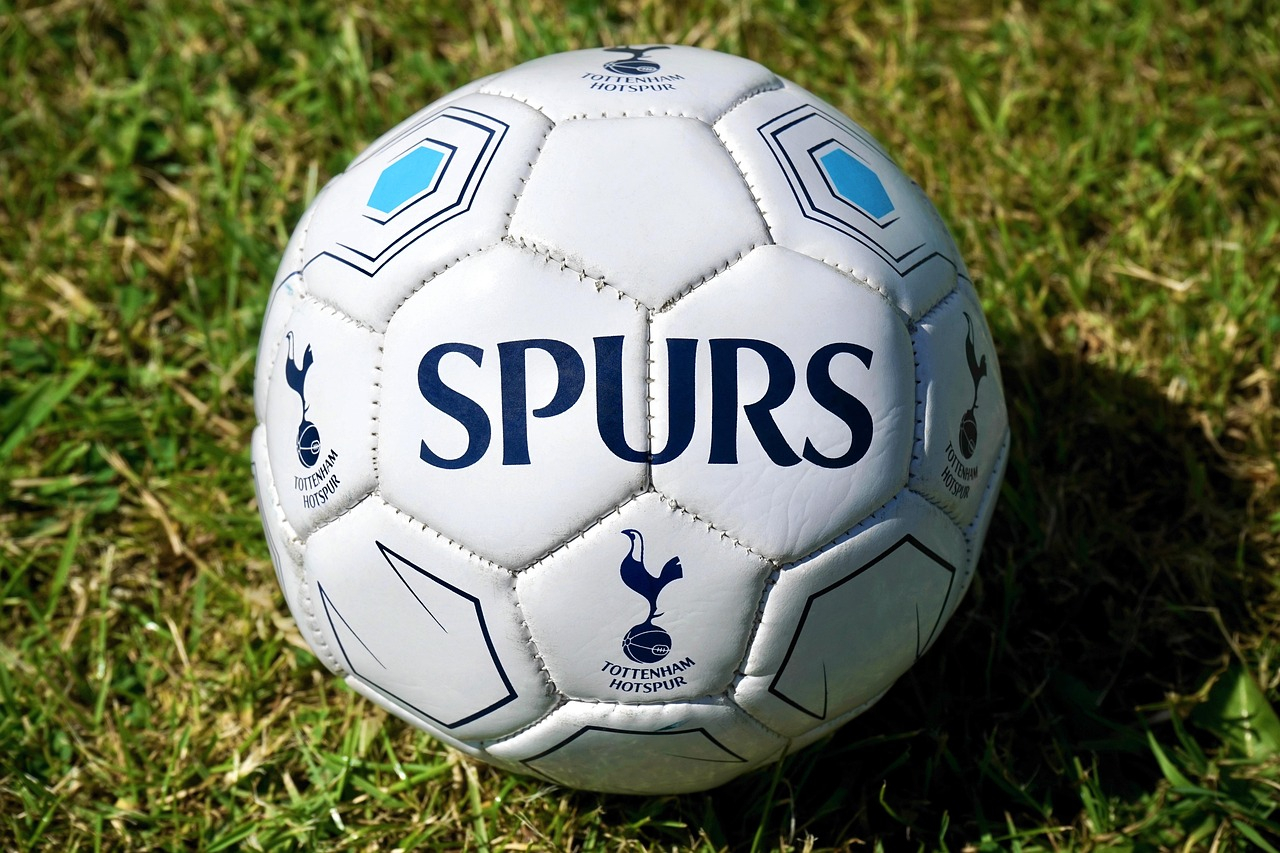How many football teams are in London?

As the capital of the United Kingdom, London holds a distinctive place in the history of football. The city is home to a diverse range of clubs competing across multiple tiers of English football, from globally recognised Premier League giants to long-standing lower league institutions with deep community ties.
One factor contributing to the sport’s continued prominence is the extensive coverage and analysis available through media outlets, fan platforms, and data-driven services – including betting sites – that track everything from team form to match statistics. This culture of insight and prediction has added another layer to the way football is consumed and discussed, both in London and across the country.
In parallel, the digital era has transformed the matchday experience, with interactive apps, real-time commentary, tactical breakdowns, and community forums becoming central to how fans engage with the game. Online platforms now combine sports coverage with broader entertainment features, where even promotions such as 150 free spins for $5 are commonly advertised alongside live scores and streaming links. Whether following real-time results or revisiting classic rivalries, supporters today enjoy unprecedented access to information, media, and interactive tools that enhance the way football is experienced.
This guide offers a comprehensive overview of London’s professional football clubs, including current Premier League representatives, notable championship contenders, iconic stadiums, and long-standing derbies. It also includes a concise historical outline tracing how the city became one of the sport’s most influential centres.
Total number of professional football clubs in london
An overview of the 2024–25 London football season reveals a total of 17 to 19 professional clubs competing across the top six tiers of English football. This includes seven clubs in the Premier League, six in the English Football League (spanning the Championship, League One, and League Two), and four participating in the National League system.
Below is a breakdown of these clubs, organised by division:
Division/League | Ground/Stadium | Club |
Premier League | Emirates Stadium | Arsenal |
Premier League | Gtech Community Stadium | Brentford |
Premier League | Stamford Bridge | Chelsea |
Premier League | Selhurst Park | Crystal Palace |
Premier League | Craven Cottage | Fulham |
Premier League | Tottenham Hotspur Stadium | Tottenham Hotspur |
Premier League | London Stadium | West Ham United |
Championship | The Den | Millwall |
Championship | Loftus Road (Kiyan Prince Foundation Stadium) | Queens Park Rangers |
League One | The Valley | Charlton Athletic |
League One | Brisbane Road (Breyer Group Stadium) | Leyton Orient |
League Two | Plough Lane | AFC Wimbledon |
League Two | VBS Community Stadium (Gander Green Lane) | Sutton United |
National League | The Hive Stadium | Barnet |
National League | Hayes Lane | Bromley |
National League | Victoria Road (Chigwell Construction Stadium) | Dagenham & Redbridge |
National League | Grosvenor Vale | Wealdstone |
National League South | Beveree Stadium | Hampton & Richmond Borough |
National League South | Park View Road | Welling United |
Here are some changes that took place in the previous season, between 2023 and 2024:
- Relegations – Sutton United are no longer on the EFL list due to relegation from League Two to the National League
- Promotions – AFC Wimbledon switched leagues and were promoted from League Two to League One
London teams in the Premier League
Seven London football clubs are competing in the Premier League during the 2024/2025 season:
- Arsenal
- Brentford
- Chelsea
- Crystal Palace
- Fulham
- Tottenham Hotspur
- West Ham United.
Here are the more relevant matches from the hottest London football clubs in May 2025:
- Sunday 18 May – West Ham v Nottingham Forest KO;
- Tuesday 20 May – Crystal Palace Wolves KO;
- Sunday 25 May – Fulham v Manchester City KO.
Championship and lower division clubs
The Championship is also known as the second tier of the UK football hierarchy. The Championship 2024/2025 season will see the following well-known London teams: Millwall, Queens Park Rangers, Oxford United, and Watford.
This is what the season has brought up so far:
- The Hoops are finally up to 15th place on the table, scoring 7 points to keep them away from relegation
- With three wins, Millwall still have 6 points to go to stay in the play-off position, especially after a bad start which saw them drop to 11th place on the table
As for London-area lower league teams, you are wrong to believe that all the best football action takes place in the Premier League. Lower division clubs can still throw a fantastic game across League One and League Two.
Below are the clubs to keep on the radar:
- League One: Wycombe Wanderers, Cambridge United, Charlton Athletic, Crawley Town, Leyton Orient, and Stevenage
- League Two: AFC Wimbledon and MK Dons
- Non-league London clubs: Barnet, Dulwich Hamlet, Boreham Wood, and Sutton United
Historical overview of london football
London’s first football match took place somewhere around 1863. Between 1871-72, London saw its first cup competition – the FA Cup. Fulham was the very first London football club, founded around 1879 in West Kensington.
Clubs like Queens Park Rangers and Millwall soon followed, transforming London into the footballing capital of the United Kingdom. Fast-forward to today, and we can see football deeply ingrained in London’s rich history and culture.
There are a few reasons why the football landscape is so vibrant and unique in London:
- Iconic and legendary stadiums – take a trip around legendary grounds like Craven Cottage or feast your eyes on trailblazing stadiums like the Emirates Stadium
- Historic rivalries – learn from years and years of local pride and history across top-grade matches like the Dockers Derby
- Club diversity – tap into a vast selection of the world’s finest football clubs, spanning from the devoted lower-league teams all the way up to the Premier League legends standing on the very top of the English football pyramid
Stadiums and fanbases across the city
Wembley Stadium is the national stadium with the largest capacity, holding up to 90,000 fans. Next in line is Tottenham Hotspur Stadium, with the capacity to hold over 62,000 people.
Let’s have a quick overview of the major football stadiums in London:
- Tottenham Hotspur Stadium (62,850 capacity);
- Emirates Stadium (60,704 capacity);
- London Stadium (60,000 capacity)
- Stamford Bridge (40,834 capacity)
- Selhurst Park (25,486 capacity).
London’s rich football heritage is accessible through dedicated club museums that highlight the history and achievements of local teams. Match days offer memorable experiences, from major cup fixtures to historic local derbies. Stadium tours across the city provide further insight, with behind-the-scenes access to facilities and club landmarks.
UK football owes much of its character and energy to devoted fan bases. Supporters are widely regarded as the lifeblood of London football clubs, contributing significantly to their identity and success. In many cases, strong fan presence has been linked to improved team performance and a heightened sense of home advantage.
Based on factors such as dedication, loyalty, matchday atmosphere, and overall support, the following fan bases are often noted among the most passionate in the UK:
- Liverpool
- Newcastle United
- Leeds United
- Portsmouth
- Manchester United
Notable London derbies and rivalries
In conclusion, here is a short list of the most notable derbies and rivalries in London football.
London football derbies:
- The North London Derby – Arsenal vs. Tottenham Hotspur.
- The North West London Derby – Chelsea vs. Arsenal and Tottenham Hotspur vs. Chelsea.
- The Dockers Derby – Millwall and West Ham are the city’s fiercest rivalries, holding grudges since 1926.
London’s biggest rivalries are West Ham and Spurs. The rivalry goes back all the way to the match played in 1898 (West Ham lost to Spurs 0-3). Other notable rivalries include West London clubs like Queens Park Rangers, Fulham, Brentford, and Chelsea.
Matches between these teams offer unmatched intensity, passion, and action. London isn’t famous for its state-of-the-art pubs with splendid gardens alone; football plays a crucial role in the city’s identity, too.
The editorial unit


























Facebook
Twitter
Instagram
YouTube
RSS